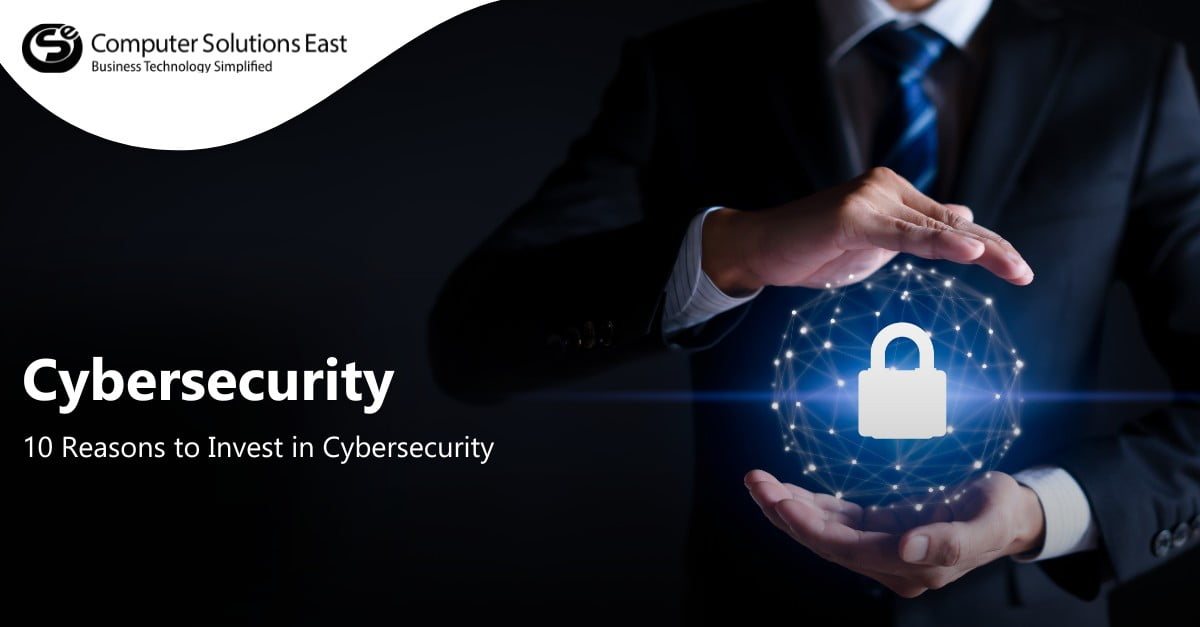Enhance One's Safety Stance through IT Managed Services

In the current digital environment, the requirement for strong cybersecurity practices has become increasingly essential. As organizations grow more reliant on technology, the dangers posed by cyber threats also rise. Prioritizing https://rentry.co/5c8nvuah is essential for all organizations, no matter their scale or field. From data leaks and ransomware to phishing schemes, the challenges are vast and complex. Nonetheless, with appropriate tactics and assistance, companies can greatly bolster their security framework and defend their important properties.
This is where IT managed services take on significance. By collaborating with a specialized IT managed service provider, companies can receive an all-encompassing methodology for cybersecurity that encompasses continuous monitoring, threat identification, and incident management. These services not only safeguard sensitive information but also streamline operations and improve overall efficiency. In this discussion, we will delve into the typical cybersecurity dangers, methods to avert them, and the vital function of IT managed services in assisting organizations to remain secure amid a constantly changing technological environment.
Understanding Cybersecurity Risks and Mitigation

In today's digital landscape, cyber security should be a primary focus for all organization. Companies face a myriad of dangers, including data breaches, malware incidents, and phishing scams. All of these threats can have significant implications, ranging from monetary setbacks to harm to reputation. By understanding these cyber security threats, organizations can take preventative steps to safeguard their systems and information.
One of the most common cybersecurity risks is the rise of ransomware attacks, where malicious actors encrypt information and require ransom for its release. To defend against this, businesses need to implement strong data backup and emergency response plans, regularly update software and platforms, and educate staff on identifying suspicious activities. Fraud schemes, which involve deceiving people into disclosing sensitive information, are also common. Training employees to identify these schemes and using two-step verification can significantly mitigate these threats.
Furthermore, maintaining strong cybersecurity and endpoint protection is essential in avoiding unauthorized access to a business' systems. Using firewalls, protecting Internet of Things devices, and encrypting confidential information can create various layers of defense against online risks. As organizations continue to progress in their online practices, being aware of these risks and implementing comprehensive cyber security approaches will strengthen their overall safety measures.
These Benefits of IT Managed Services for Companies
Adopting IT outsourced services provides businesses a proactive approach to cybersecurity, significantly enhancing their security posture. Such services provide round-the-clock monitoring and management of IT systems, allowing organizations to identify and address threats before they grow into costly breaches. By leveraging the expertise of specialized service providers, businesses can ensure that their IT infrastructure is fortified against the most common cybersecurity threats while adhering to best practices for data protection.
Additionally, IT managed services can lead to considerable cost savings. By outsourcing IT management, businesses can cut staffing costs and reallocate resources towards core functions while benefiting from scalable solutions tailored to their specific needs. This adaptability allows organizations to stay ahead of emerging trends in cybersecurity without the burden of constant training and upskilling of in-house staff, ensuring they remain effective in the face of evolving threats.
Lastly, utilizing IT managed services enables organizations to concentrate on growth and innovation rather than getting bogged down by technical issues. With a dedicated team managing network security, compliance, and data protection strategies, organizations can spend more time developing new products and services. This shift not only improves operational efficiency but also enhances the overall productivity of the workforce, as employees can concentrate on their primary job functions, confident in the knowledge that their IT environment is being expertly handled.
Ideal Practices for Information Security and Regulatory Adherence
To create a robust cybersecurity framework, businesses should commence by carrying out routine cyber risk analyses. This process helps detect vulnerabilities and understand the likely threats that could harm the organization. By evaluating the company's holdings, information movement, and current security measures, you can develop a ranked list of risks that need to be managed. Regular assessments ensure that security approaches remain up-to-date amidst the changing threat landscape and that compliance with industry regulations is upheld.
Adopting cybersecurity protocols and instructing employees are essential steps in cultivating a risk-aware culture. Employees should be educated about common cyber threats such as phishing attacks and ransomware attacks, as well as the significance of multi-factor authentication. Ongoing training programs and drills can improve awareness and preparedness, empowering staff to spot suspicious activity and act appropriately. A knowledgeable workforce becomes a frontline defense against cyber threats.
Finally, collaborating with IT managed services can considerably enhance your business’s cybersecurity posture while ensuring compliance with necessary regulations. These providers offer skills in cloud security, data protection, and regulatory compliance like HIPAA and GDPR. By subcontracting IT management, businesses can take advantage of advanced security technologies and remain informed with industry best practices. This partnership not only reduces time and resources but also enhances overall security while lowering the risk of costly data breaches.
